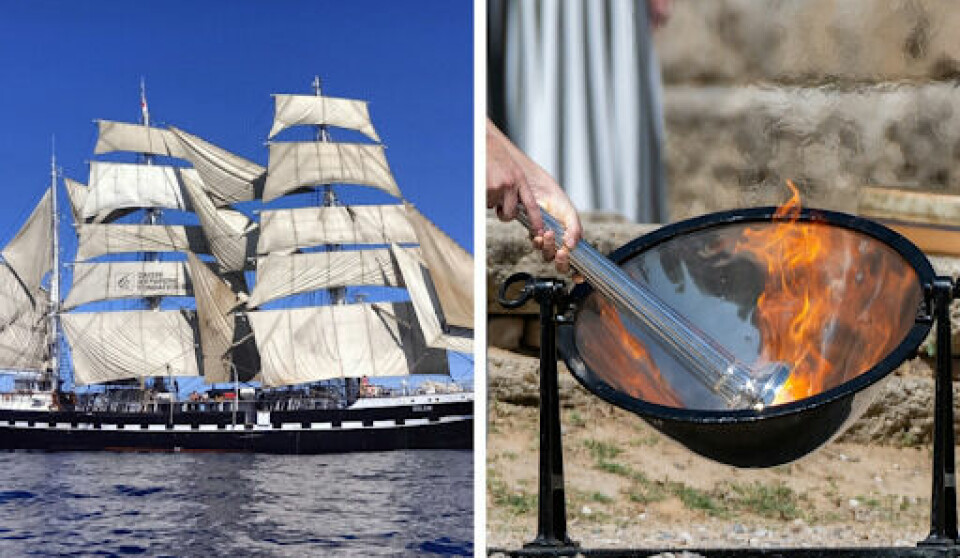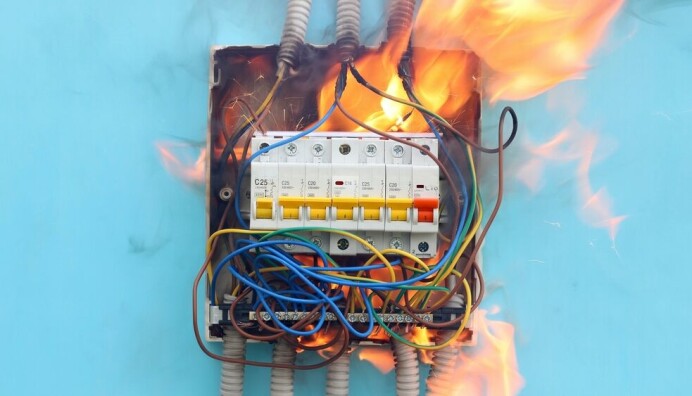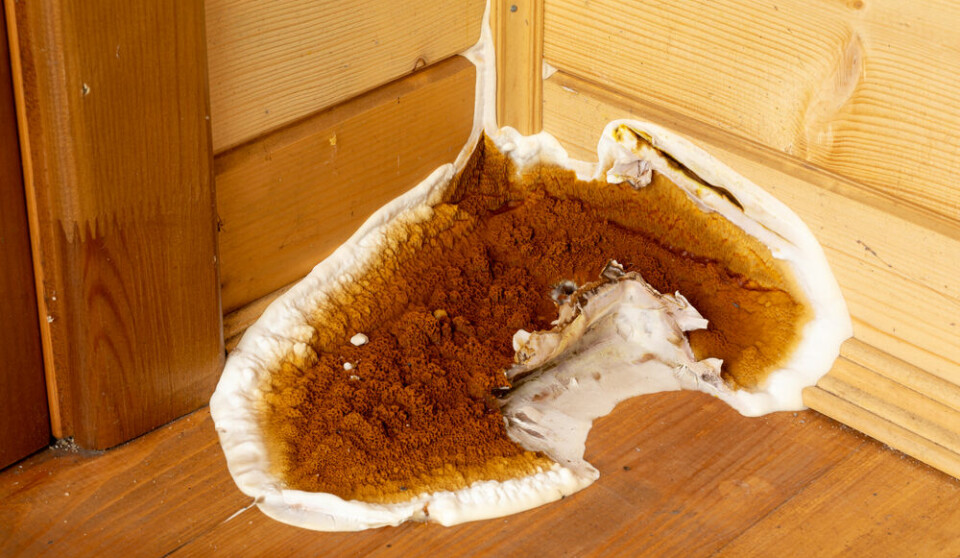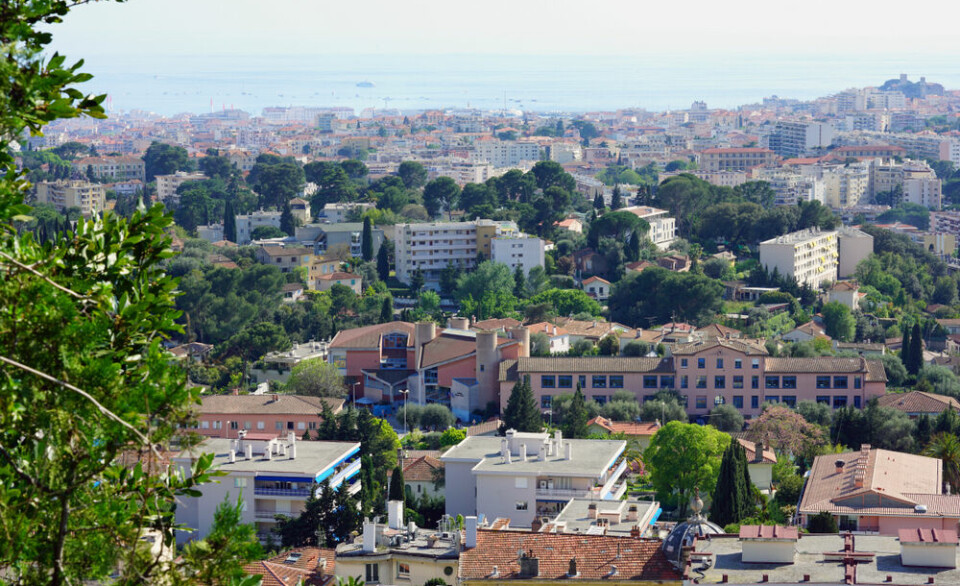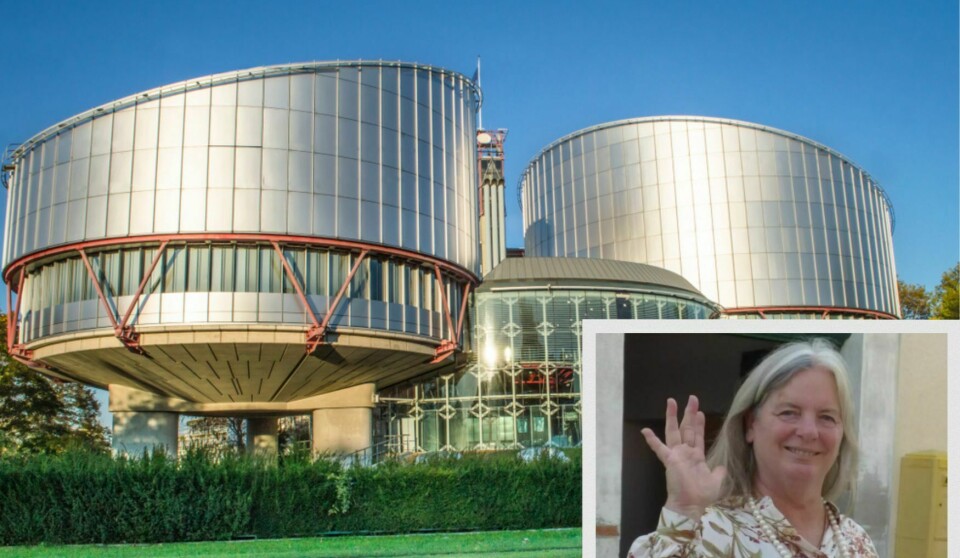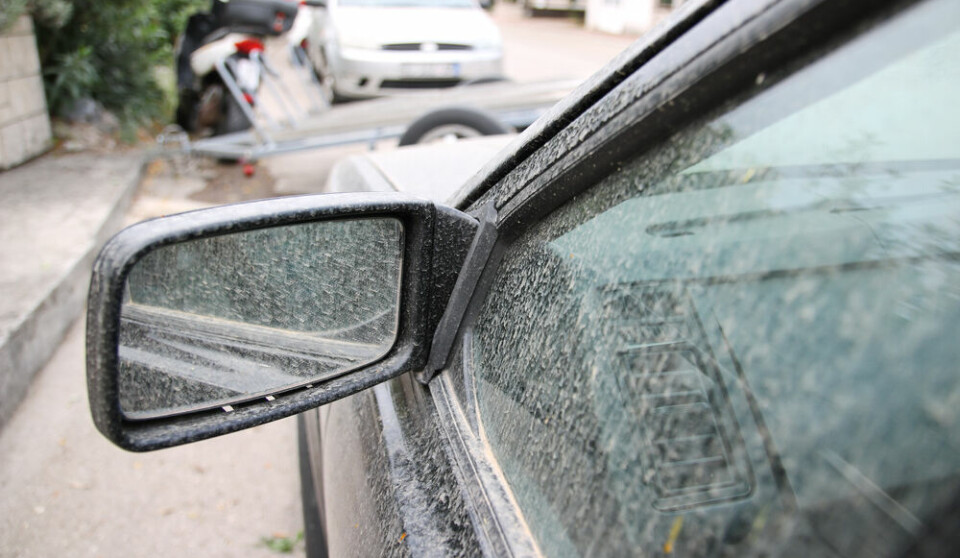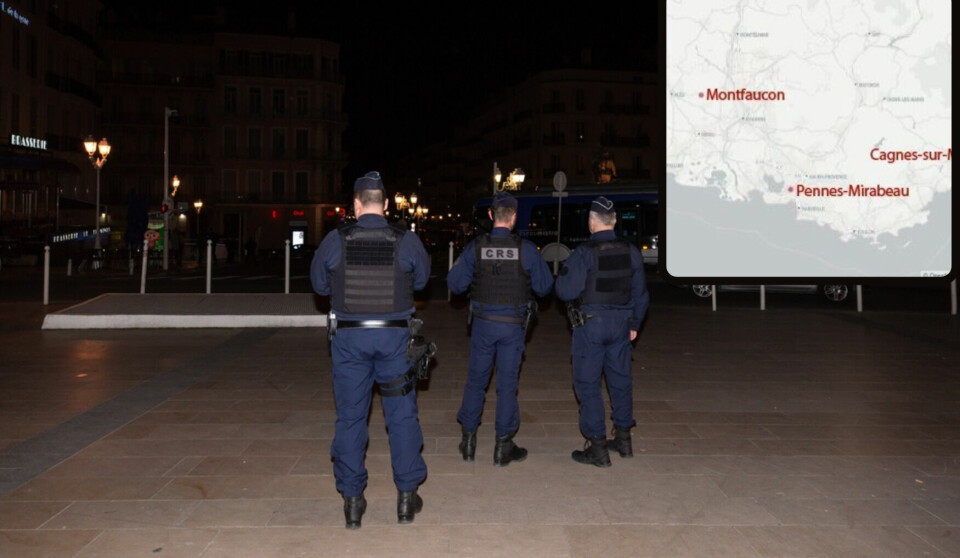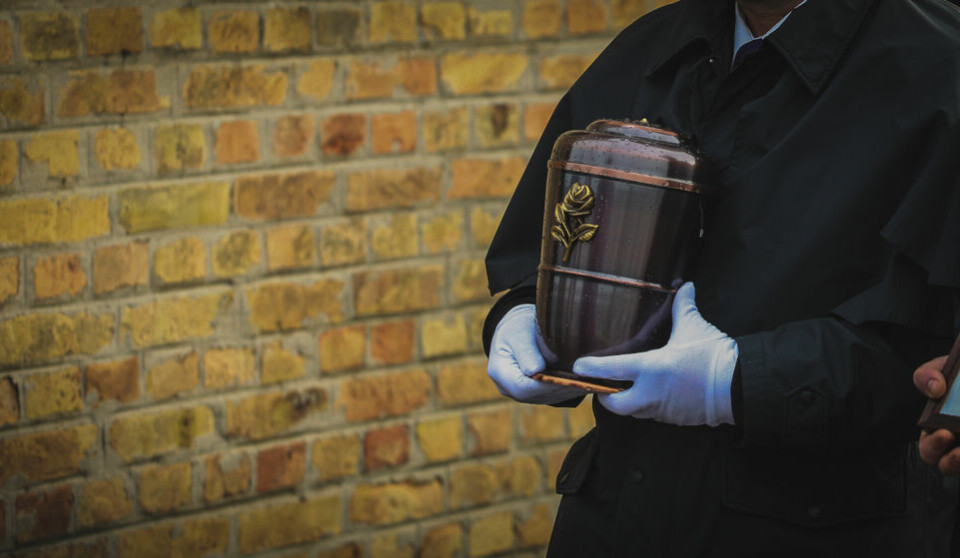-
How does your area of France fare for delay to see a doctor?
Some departments are in particular trouble when it comes to waiting times for specialists
-
Dengue fever cases surge in France since start of year
Public Health France has warned of an “unprecedented” situation
-
Strepsils, Olbas Oil, TCP: Find French equivalents to common remedies
Moving to France means navigating pharmacies and hunting down alternatives to treat everyday ailments
Medical first allows patients to breathe easily
Doctors near Paris have rebuilt damaged windpipes using sections of artery

French doctors have successfully rebuilt damaged windpipes using sections of aorta - the largest artery in the body - from donors.
As a result, patients whose windpipes have been ravaged by cancer and other diseases and who have relied on a tracheostomy tube to breathe, have been able to breathe normally, according to a report published in the American Journal of the American Medical Association.
Arteries from deceased donors are used to replace the damaged sections of tracheas - a 10cm tube of cartilage and tissue that connects the larnyx to bronchial tubes feeding into the lungs.
In the study, Professor Emmanuel Martinod and colleagues described the outcomes for 13 transplant patients. One died shortly after surgery. The rest survived at least 90 days, and 10 were still alive nearly four years after their surgery. Eight of those 10 are now breathing normally.
One patient has taken up long-distance running since having a new trachea fitted using this method, which was first performed in 2009 at Avicenne Hospital, near Paris.
The report reveals that doctors were delighted to discover supporting stents could be removed 18 months after initial surgery, as the transplanted aortas naturally transformed into trachea tissue including a thin film that moistens and protects airways, surrounded by new cartilage.
Stay informed:
Sign up to our free weekly e-newsletter
Subscribe to access all our online articles and receive our printed monthly newspaper The Connexion at your home. News analysis, features and practical help for English-speakers in France



